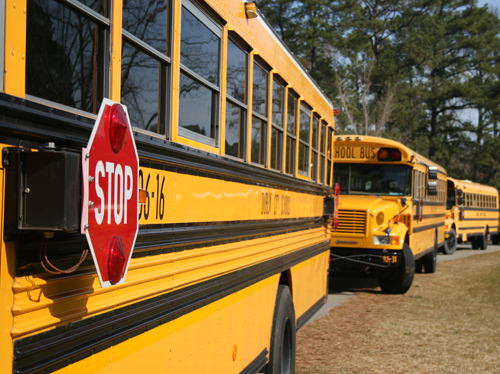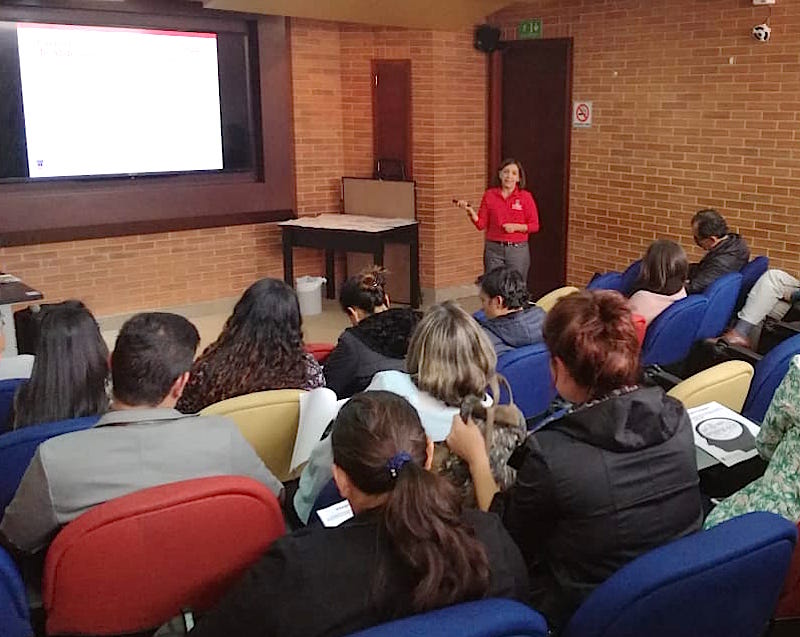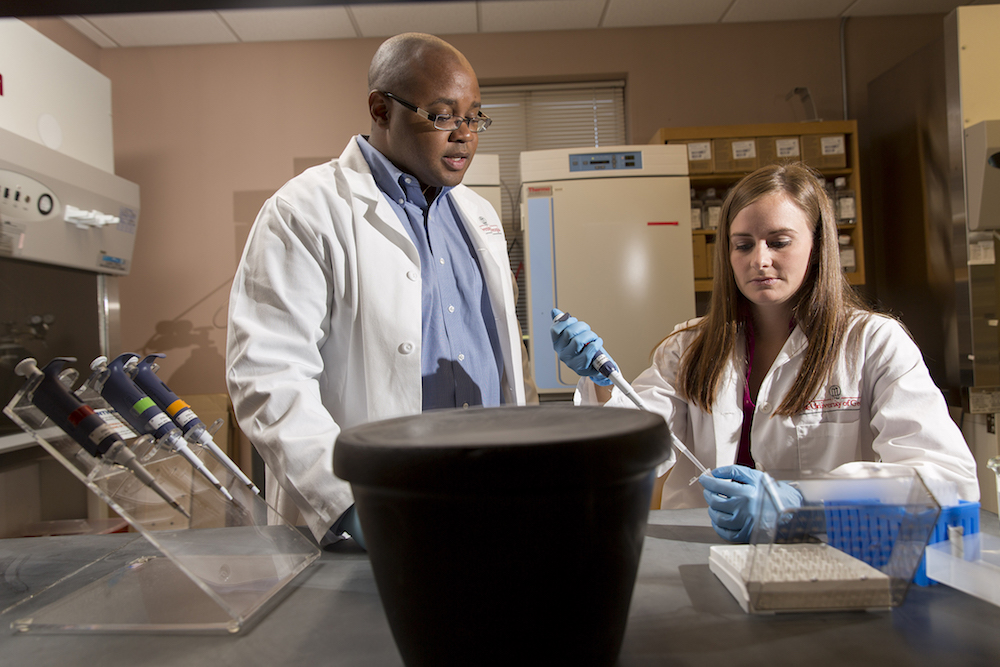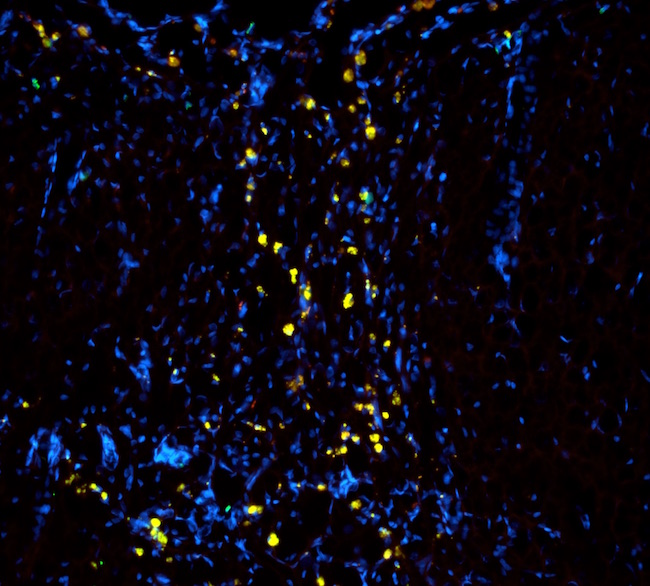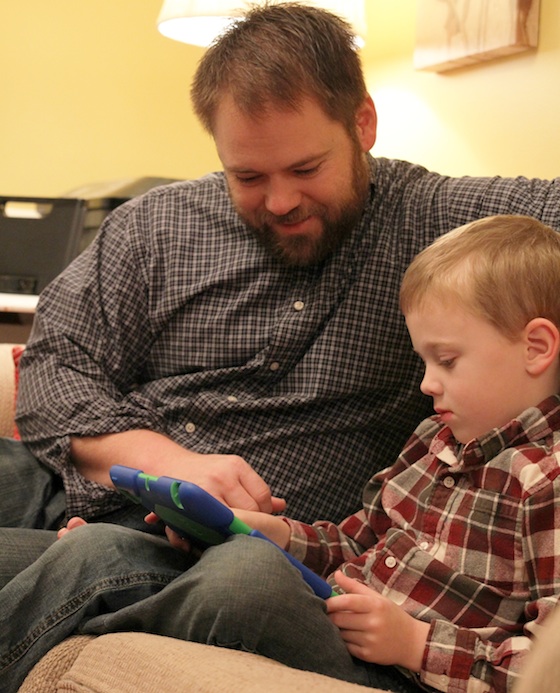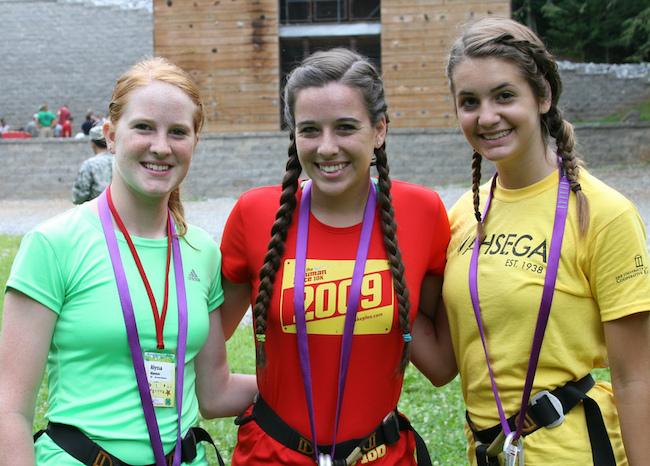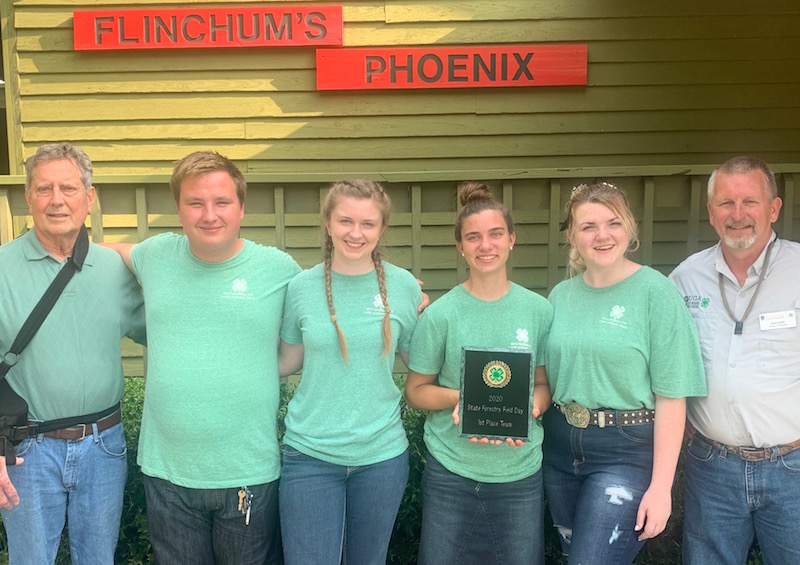 CAES News
CAES News
Forestry Skills
Twenty-eight Georgia 4-H youth participated in the 2019 State Forestry Field Day held on Sept. 28, 2019 at Flinchum’s Phoenix, located in the University of Georgia Whitehall Forest in Athens, Georgia.

